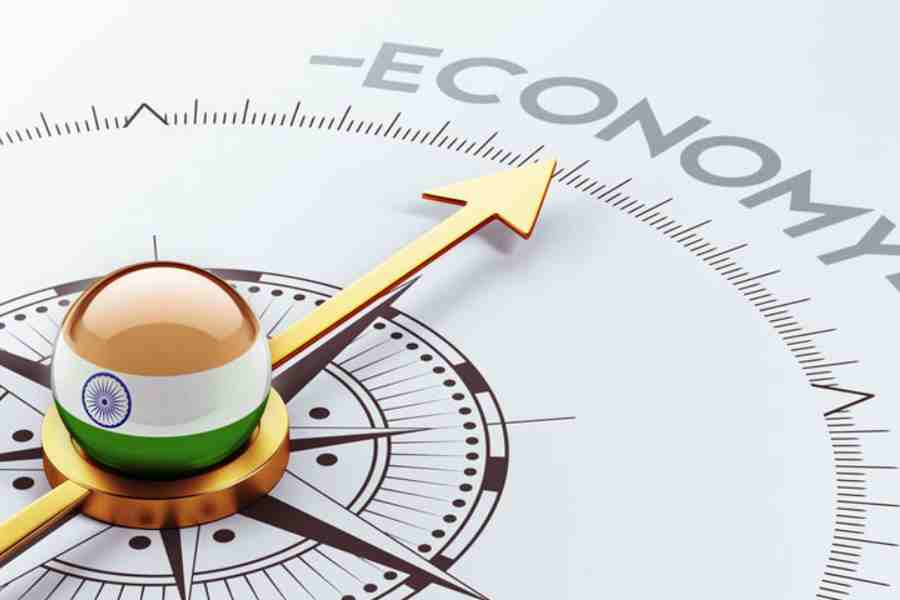India’s GDP is expected to grow at 6.8 per cent in the next fiscal and the country will become an upper middle-income nation by 2031 with the economy doubling to $7 trillion, Crisil Rating said.
In its India Outlook report, Crisil said the Indian economy will take support from domestic structural reforms and cyclical levers and can retain — perhaps even improve — its growth prospects to become the third largest economy by 2031.
“After a better-than-expected 7.6 per cent this fiscal, India’s real GDP growth will likely moderate to 6.8 per cent in fiscal 2025,” said the Crisil India Outlook report.
The next seven fiscals (2025-2031) will see the Indian economy crossing the $5 trillion-mark and inching closer to $7 trillion.
“A projected average expansion of 6.7 per cent in this period will make India the third-largest economy in the world and lift per capita income to the upper-middle income category ($4,500)by 2031,” Crisil said.
India, with a GDP size of $3.6 trillion, is currently the fifth largest economy in the world, after the US, China, Japan and Germany.
According to World Bank’s definition, lower-middle income countries are those with per-capita income of $1,000-4,000, and upper-middle income countries are those with per capita income between $4,000-12,000.
Crisil managing director and CEO Amish Mehta said, “By fiscal 2031, India will be the No. 3 economy and an upper-middle income country, which will be a big positive for domestic consumption.”
India’s manufacturing sector is at a sweet spot due to high capacity utilisation across key sectors, opportunities from global supply-chain diversification, thrust on infrastructure investment, the green-transition imperative and strong balance sheets of lenders.

